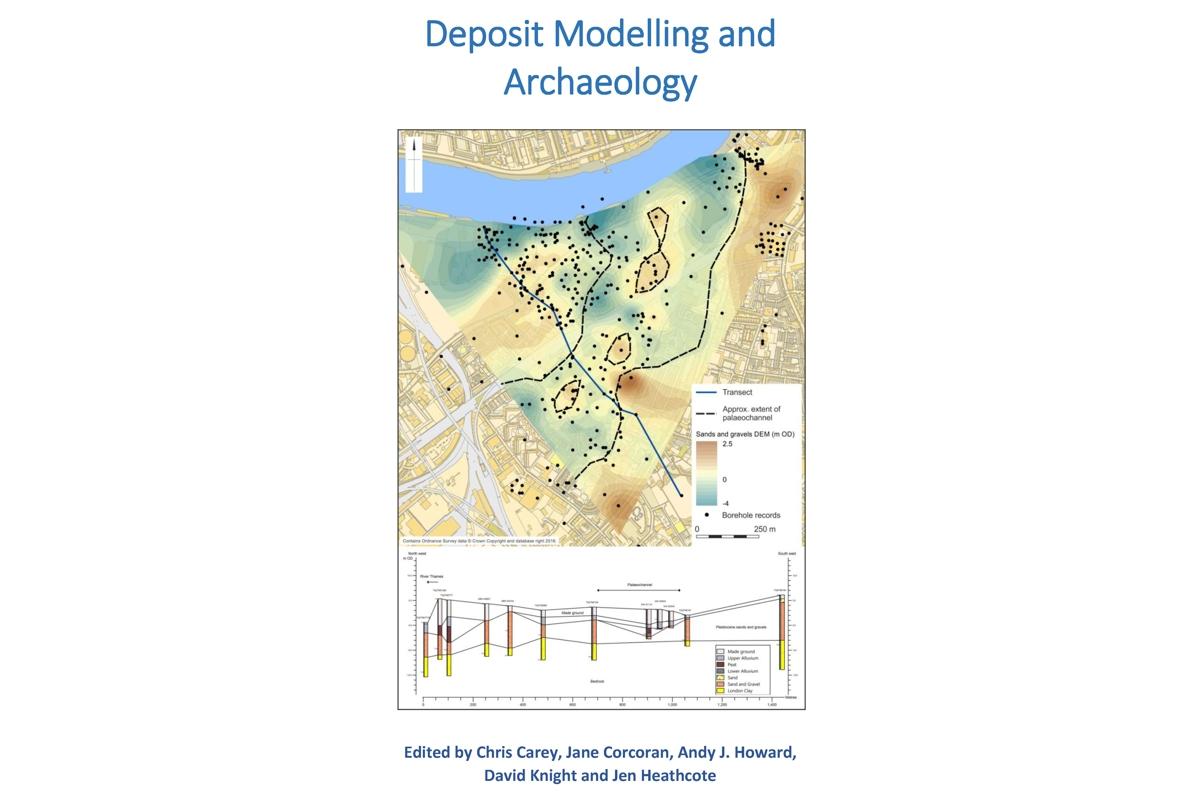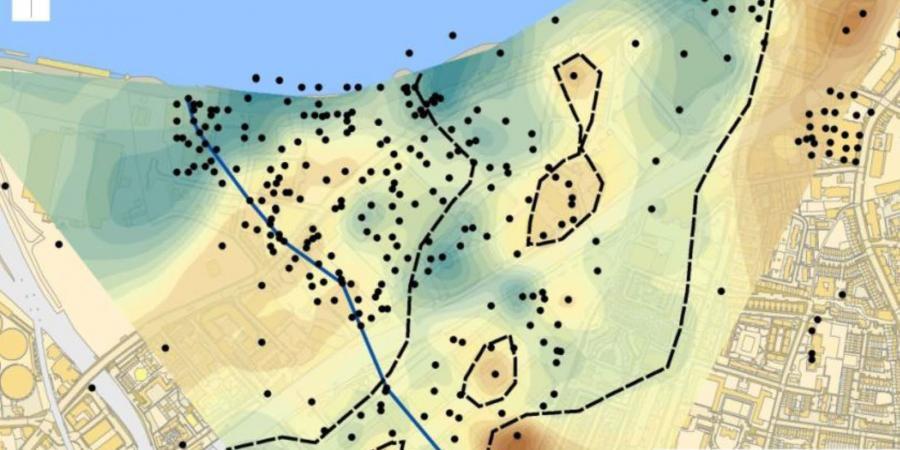We are delighted to announce the publication this week of a volume of case studies, Deposit Modelling and Archaeology, to which our Geoarchaeology and Environmental team have made a significant contribution.
Arising from a workshop of leading deposit modellers and end-users in Spring 2016 to collate and critically review approaches to deposit modelling across the commercial and academic sectors, these case studies will form the basis for a set of best-practice guidelines to be published as part of the Historic England guidance series.
The case study we presented (and which provided the front cover for the volume) was the deposit modelling project we undertook for the New Covent Garden Market scheme; a major multi-phase 25 ha redevelopment of the well-known largest fruit, vegetable and flower market in the UK. As part of a Geoarchaeological Desk-based Assessment and informed by borehole survey, the deposit modelling here has been key in informing the nature of the ongoing archaeological works required at each phase of development, and provides a context for interpretation of the results.

Our work at this site has formed a key part of the Battersea Channel Project, which also has its own case study in the Deposit Modelling volume. This is a four-year collaborative project bringing together the work of leading archaeological practitioners working in the Nine Elms area (major partners being Historic England, Wessex Archaeology, MoLA and QUEST), in which Wessex have been an enthusiastic participant.
Hard copies of Deposit Modelling and Archaeology will be available for sale, but we’re very pleased to say that you can download a pdf of the volume for free from the University of Brighton’s website.
Many thanks are due to VSM (VINCI ST Modwen) for commissioning the work at NCGM, and for their support of the Battersea Channel Project.
By David Norcott, Senior Technical Manager and Holly Rodgers, Geoarchaeologist
